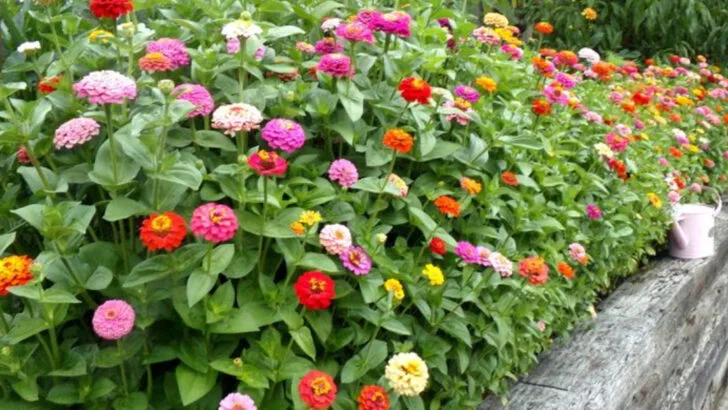Zinnias are the kind of flower that seem to reward you just for giving them a little space and sunlight. They’re bold, colorful, and one of the easiest blooms to love. But even plants with a reputation for being low-maintenance have their quirks—and zinnias are no exception. Sometimes the things we do with the best intentions can quietly interfere with their ability to thrive.
From how you water to what you plant nearby, small habits can make a surprisingly big difference in how your zinnias grow. If your flowers aren’t quite as full, vibrant, or long-lasting as you’d hoped, a few subtle missteps might be at play. The good news? Most of them are easy to fix once you know what to look for.
Overwatering Zinnias
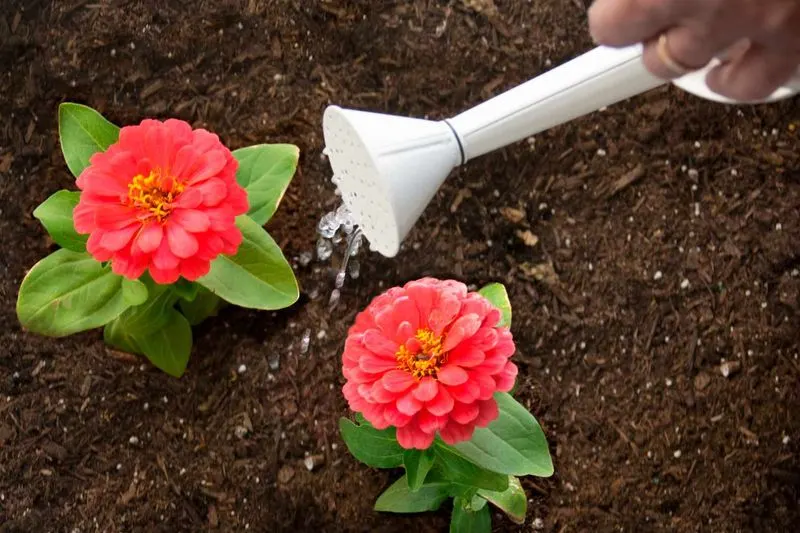
Watering zinnias too frequently can lead to root rot. Zinnias prefer well-drained soil, and overwatering leaves them vulnerable to diseases.
Monitor the soil’s moisture by checking its top inch; if it feels dry, it’s time to water.
In humid climates, watering should be reduced to prevent fungal issues. Understanding the weather and adjusting watering practices accordingly ensures healthy growth. Striking a balance in hydration keeps zinnias vibrant.
Ignoring Air Circulation
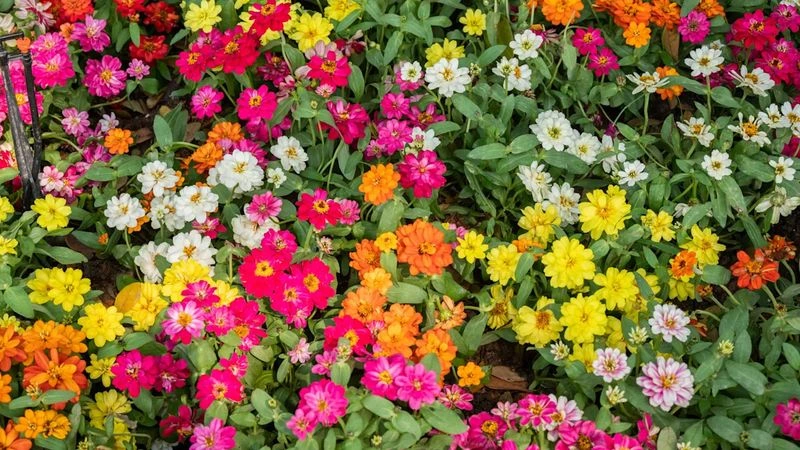
Did you know that zinnias thrive with proper air circulation? Crowding these botanical beauties can lead to fungal infections. Without enough space, moisture remains trapped, inviting diseases.
Consider spacing your zinnias adequately to ensure air flows freely. This simple step can prevent many common problems, like powdery mildew.
Healthy airflow helps zinnias grow stronger and more vibrant. Embrace this essential practice to keep your garden flourishing. Imagine the beauty of a well-ventilated garden, where each zinnia stands tall and robust, a testament to mindful gardening.
Using Hard Water
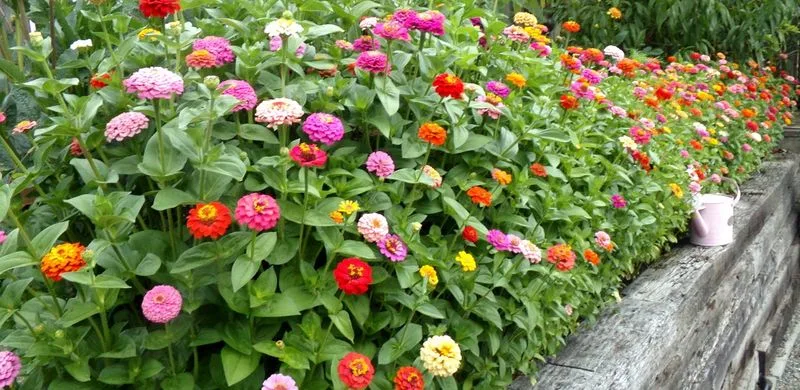
Surprisingly, hard water can be a silent adversary to your zinnias. The minerals in hard water, like calcium and magnesium, can build up in the soil. This accumulation may affect nutrient absorption, stunting growth.
Consider using rainwater or filtered water to nourish your zinnias. This simple change can make a significant difference in their health.
Notice the change as your zinnias respond with improved vigor. With softer water, their blossoms can reach their full potential, showcasing colors that dazzle and captivate every passerby.
Ignoring Soil Quality
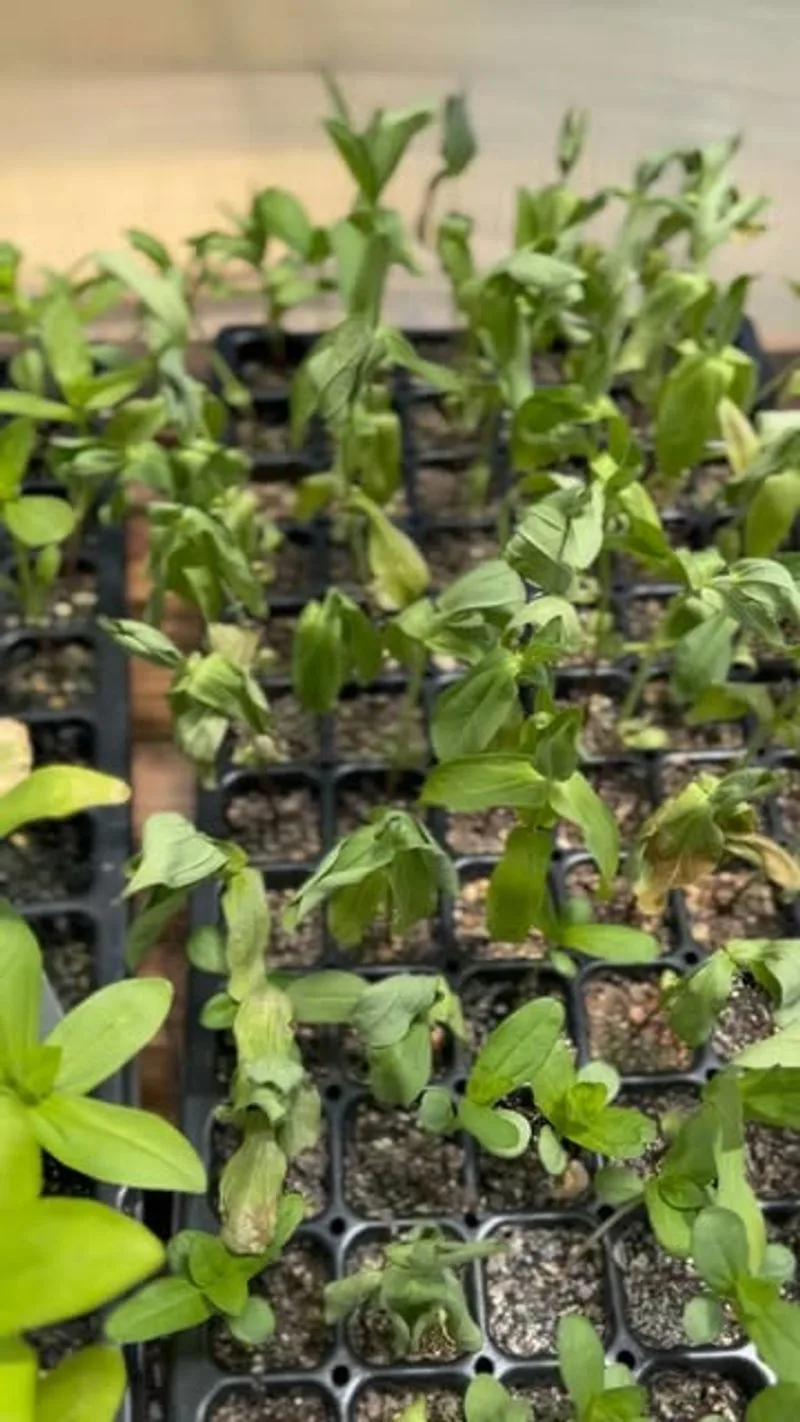
Zinnias flourish in nutrient-rich soil. Ignoring soil quality restricts their growth and reduces bloom quality.
Before planting, enrich the soil with compost or organic matter. This boosts its fertility and helps retain moisture without becoming waterlogged.
Conducting a soil test can help identify deficiencies. Adjusting soil based on test results ensures zinnias receive necessary nutrients.
Regularly amending soil sustains plant health.
Inconsistent Watering Schedule
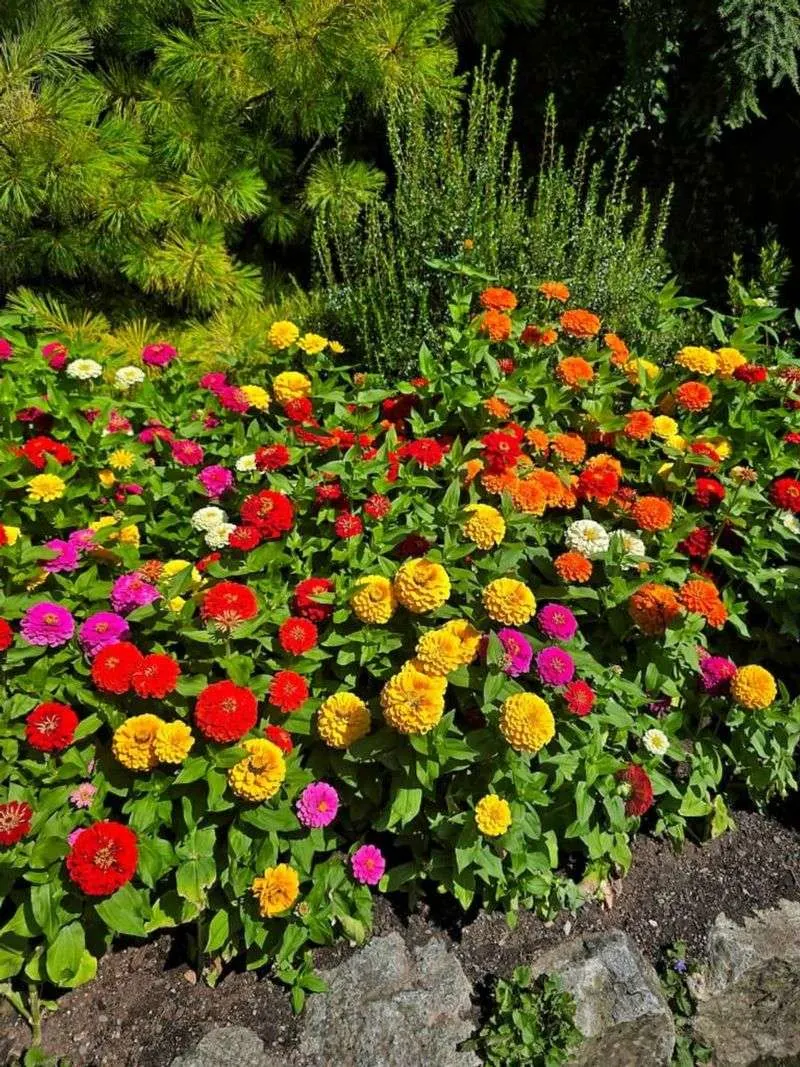
Consistency is key in watering zinnias. An irregular schedule can stress these plants, leading to wilted leaves and poor bloom.
Ensure you water your zinnias regularly, providing them with the hydration they need. Aim for consistency rather than sporadic, heavy watering sessions.
A steady routine will help your zinnias thrive, rewarding you with lush foliage and abundant flowers. Imagine the transformation as your garden turns into a vibrant sea of colors, a testament to the power of consistency in care.
Planting Too Closely

Planting zinnias too closely restricts air circulation. This environment encourages mold and pest infestations.
Space zinnias about 12-24 inches apart, allowing each plant room to breathe and grow freely. This spacing reduces competition for nutrients and light.
Proper spacing is crucial for healthy development and bloom production. Taking the time to plan planting locations benefits long-term growth.
Neglecting Sunlight Requirements
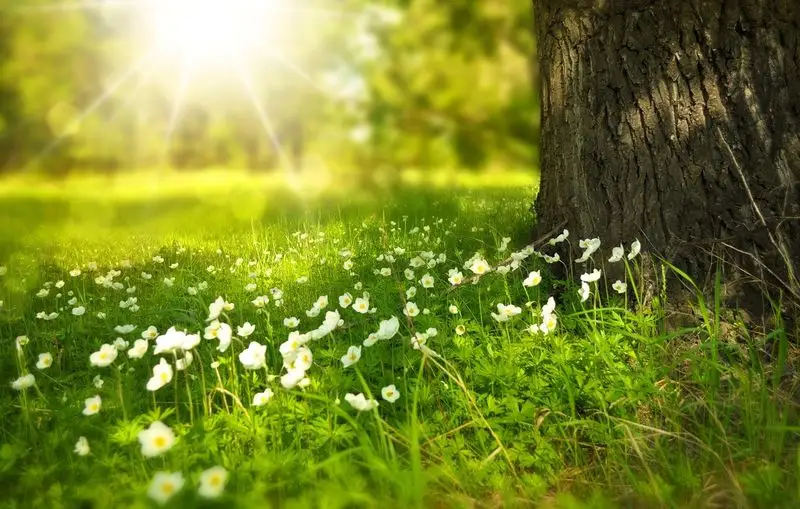
Zinnias thrive in full sunlight, needing at least 6 hours daily. Neglecting this requirement results in weak stems and fewer blooms.
To maximize growth, plant zinnias in areas receiving ample sunlight. Avoid shaded spots or areas blocked by taller plants.
Regularly check sun exposure to ensure optimal conditions. Prioritizing sunlight needs enhances bloom vibrancy and strength.
Failure to Deadhead
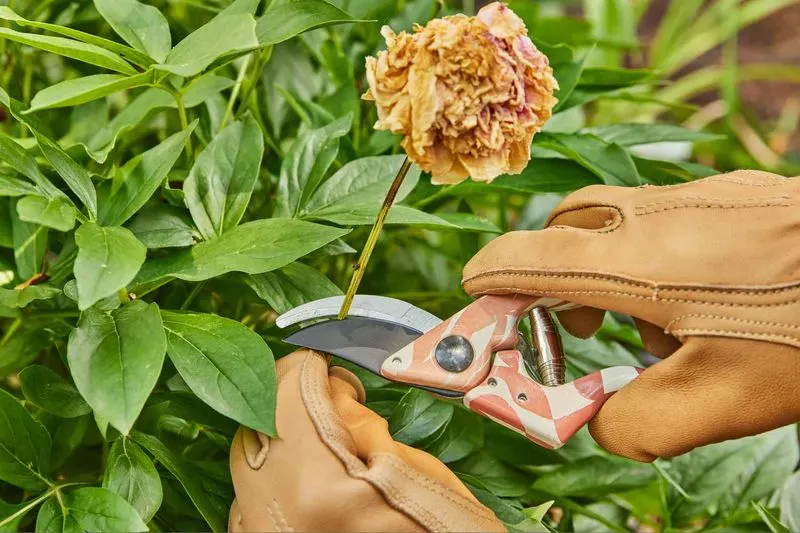
Failing to deadhead zinnias can hinder continued blooming. Deadheading involves removing spent flowers, encouraging new growth.
Regularly check for faded blooms and snip them off. This practice redirects energy to producing new flowers instead of seeds.
Incorporating deadheading into your routine maintains a vibrant display throughout the growing season. It’s a simple yet effective way to extend bloom life.
Overfertilizing Zinnias
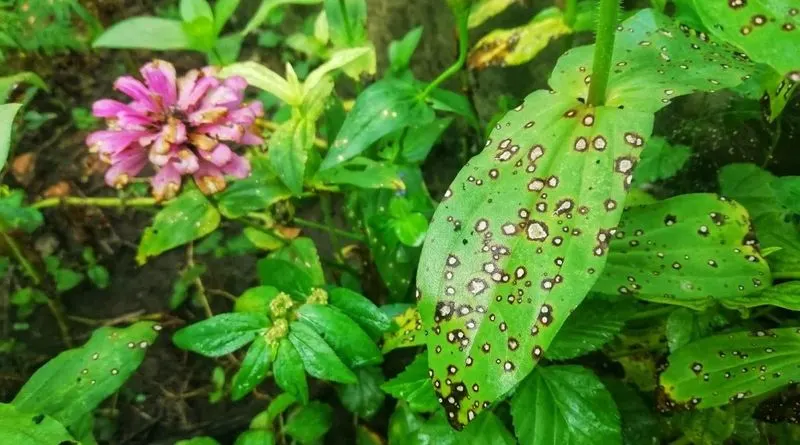
Overfertilizing can harm zinnias, leading to lush foliage but fewer blooms. Excess nutrients can burn roots, stunting growth.
Use a balanced, slow-release fertilizer sparingly to nourish without overwhelming.
Testing soil before fertilization helps determine nutrient needs. By applying only as needed, you support balanced growth and vibrant flowering.
Avoiding overfertilization ensures a healthy garden balance.
Ignoring Pest Control

Zinnias can attract pests like aphids and spider mites. Ignoring pest control allows infestations to spread, damaging plants.
Regularly inspect plants for signs of pests. Implement natural remedies like neem oil or introduce beneficial insects.
Maintaining a pest management routine helps protect zinnias. Early intervention keeps plant health intact and blooms flourishing.
Vigilance is key to preventing pest problems.
Wrong Time for Planting
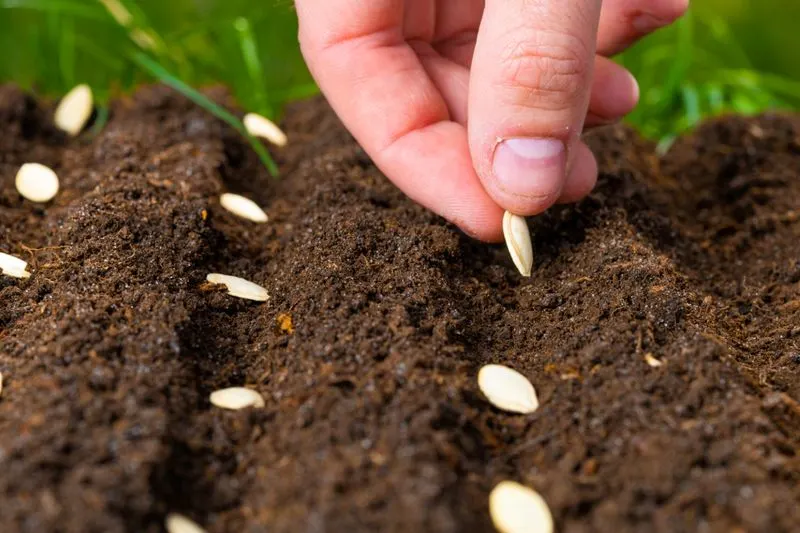
Planting zinnias at the wrong time affects their growth and bloom cycle. Zinnias are sensitive to frost and require warm soil.
Check your region’s last frost date before planting. Typically, seeds should be sown after this date in spring.
Starting seeds indoors can extend the growing season. Timing ensures zinnias establish well and produce vibrant displays.
Knowing your climate’s specifics aids in planning successful planting.
Not Rotating Crops

Growing zinnias in the same spot yearly can deplete soil nutrients and increase pest issues.
Rotating crops prevents nutrient depletion and disrupts pest cycles. Plan garden layouts to change plant locations each season.
Incorporating cover crops can also enhance soil health. Crop rotation supports sustainable gardening practices, benefiting zinnias and overall plant health.
Allowing Weeds to Flourish
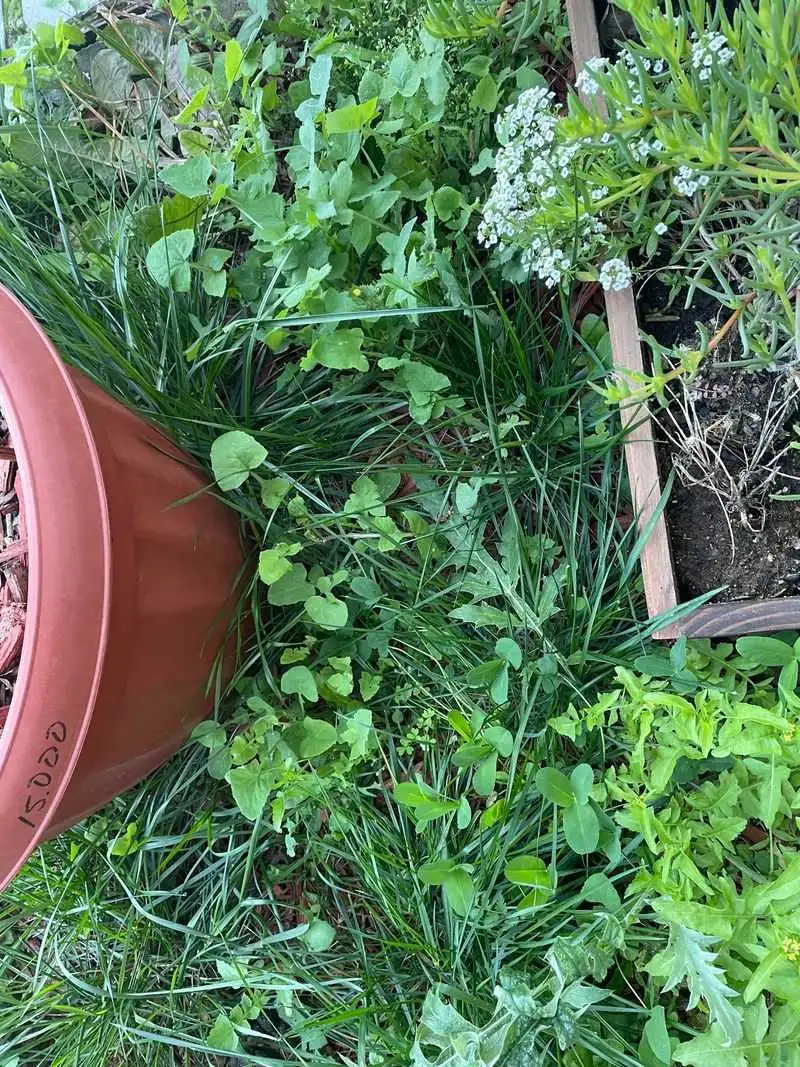
Weeds compete with zinnias for nutrients, water, and light. Allowing them to flourish stifles zinnia growth.
Regular weeding is essential to protect resources for your zinnias. Mulching can suppress weed growth and conserve soil moisture.
Consistent weed management ensures zinnias thrive without unnecessary competition. Keeping the garden tidy supports healthier growth and more blooms.
Improper Pruning Techniques
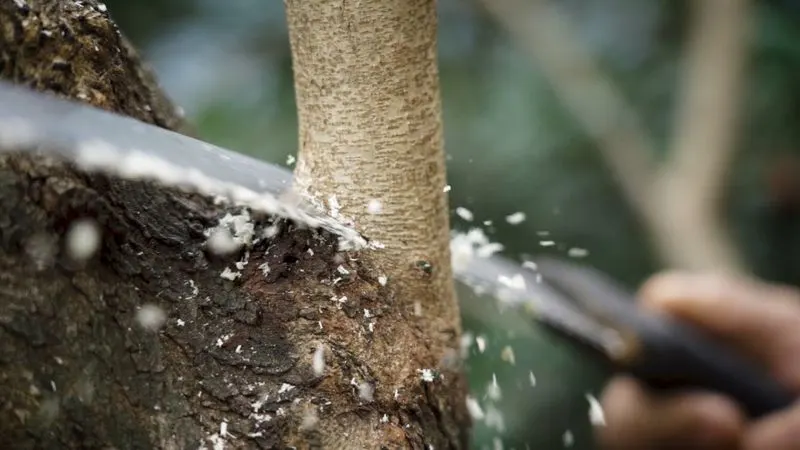
Improper pruning can damage zinnias, affecting their ability to bloom. Pruning should enhance growth, not hinder it.
Use sharp, clean tools to prune zinnias, cutting just above a leaf node. This encourages bushier growth and more blooms.
Learning proper techniques prevents plant stress and supports vibrant displays. With careful pruning, zinnias remain healthy and robust.
Overlooking Seasonal Changes
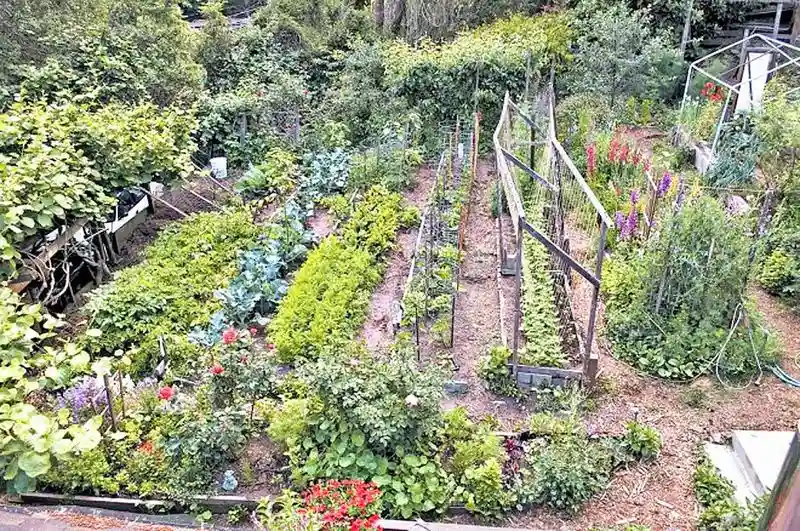
Overlooking seasonal changes can impact zinnia health. Different weather conditions require adjustments in care.
In cooler months, protect zinnias from frost with covers or move them indoors. Adjust watering and feeding schedules as temperatures shift.
Being responsive to seasonal variations maintains zinnia vitality. Adapting care routines helps sustain growth throughout changing seasons.
Neglecting to Thin Seedlings
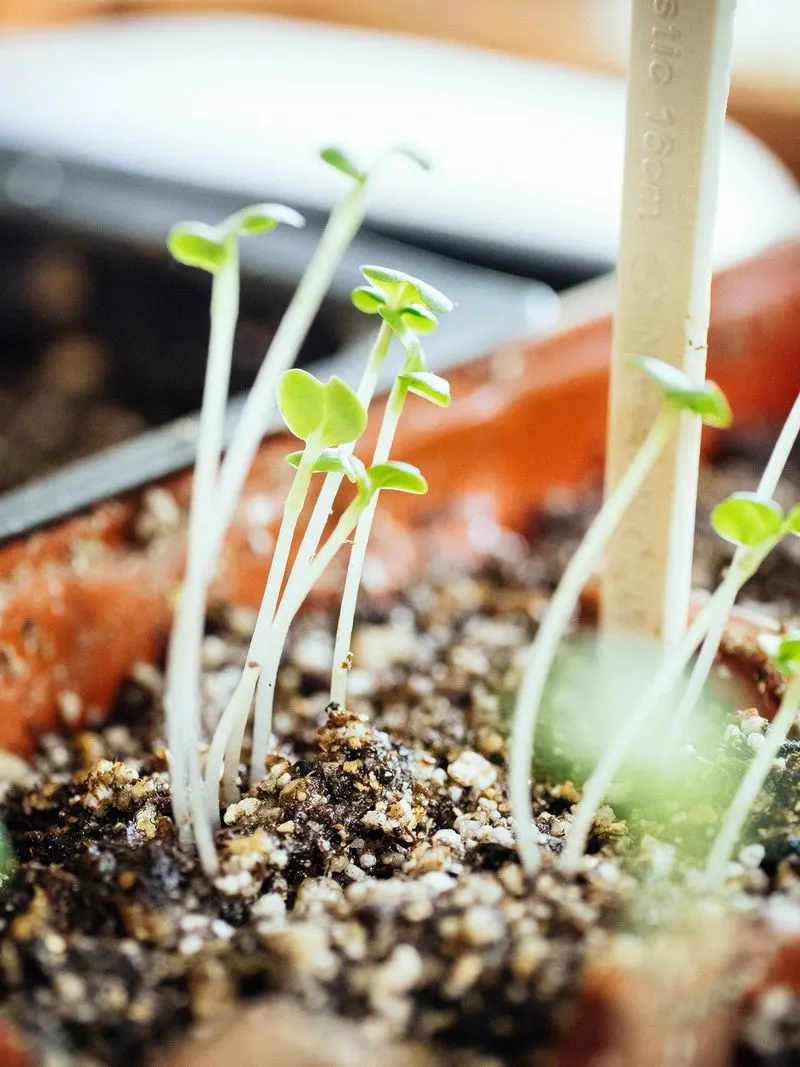
Neglecting to thin zinnia seedlings leads to overcrowded conditions. This competition hinders growth and bloom potential.
Thin seedlings once they reach a few inches tall, leaving the strongest ones spaced appropriately.
Thinning is crucial to allow air circulation and access to resources. It supports robust plant development and abundant flowering.
Using Non-Disease-Resistant Varieties
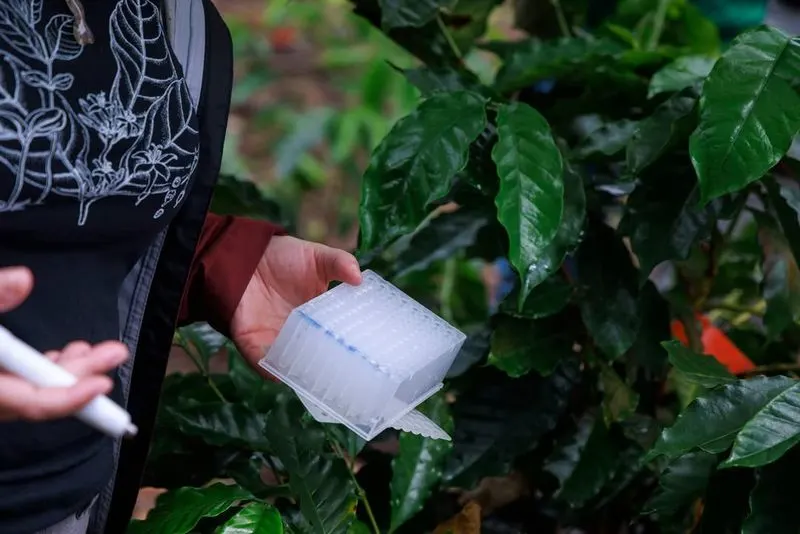
Using non-disease-resistant zinnia varieties increases vulnerability to issues like powdery mildew.
Choose resistant varieties to minimize disease risks. Research options suited to your climate and growing conditions.
Incorporating these varieties into your garden plan safeguards against common diseases. Healthy zinnias reward effort with stunning blooms.
Skipping Soil Tests
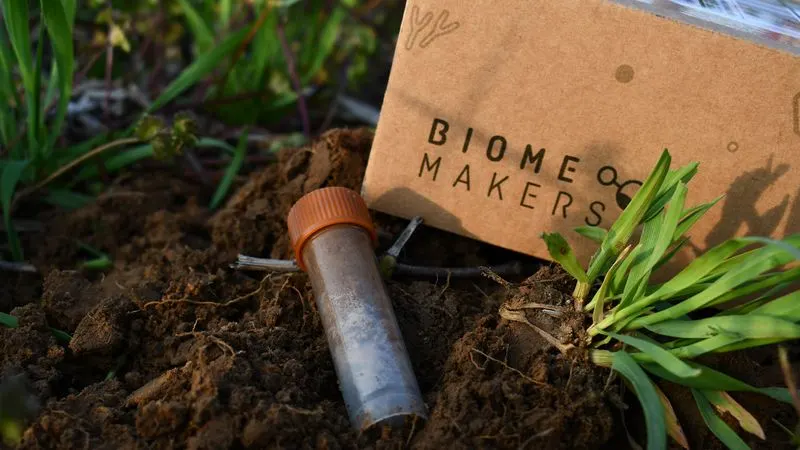
Skipping soil tests leaves nutrient imbalances unchecked, affecting zinnia growth.
Testing soil before planting provides insights into pH levels and nutrient availability. Adjusting soil accordingly supports optimal growth.
Regular soil tests help maintain a balanced environment, improving plant health. Knowing your soil ensures well-informed gardening decisions.
Failing to Mulch Properly
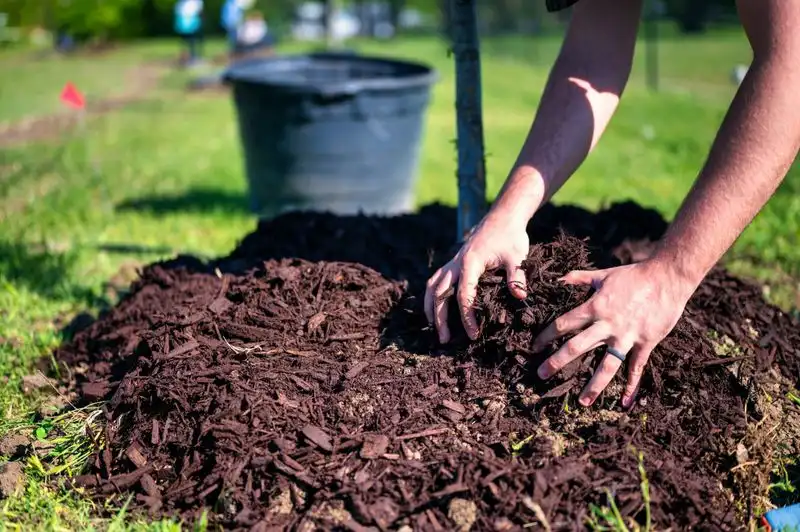
Failing to mulch properly affects soil moisture and temperature control.
Apply mulch evenly around zinnias, ensuring coverage without touching stems directly. Mulch retains moisture and suppresses weeds.
Proper mulching practices enhance soil conditions, supporting zinnia health. It’s a simple step that offers multiple benefits, keeping your garden thriving.

